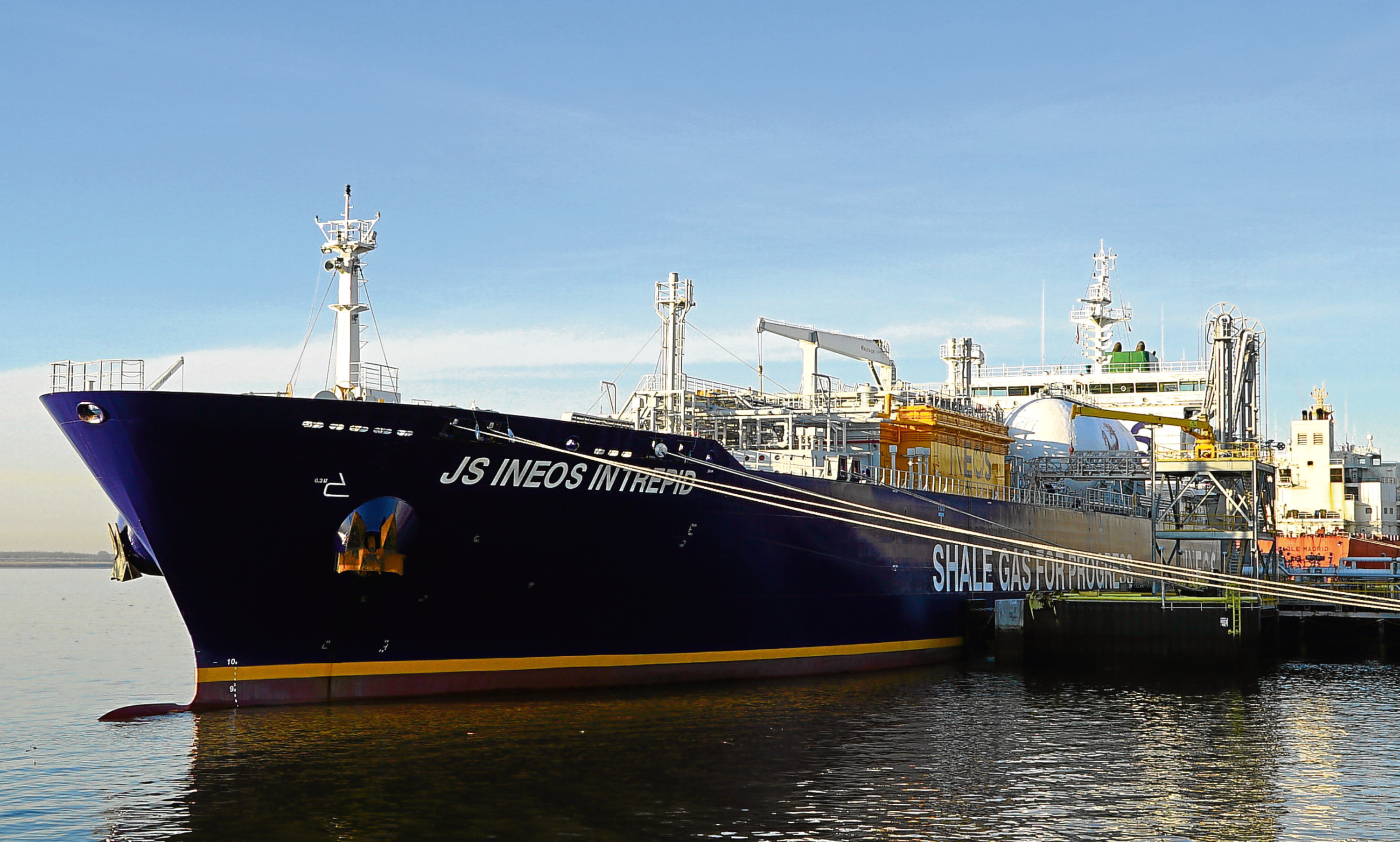When economic opportunity comes knocking, the general response is to open the door and welcome it inside with a warm embrace.
When that opportunity runs into potentially hundreds of millions of pounds – or even more – then you’d expect the door to be knocked off its hinges.
But, interestingly, that’s not been the case when it comes to indigenous shale gas in Scotland.
The Forth Valley is Scotland’s shale belt and is no stranger to drilling for hydrocarbons.
As far back as 1919, S. Pearson and Son was contracted by the UK Government to drill 11 tests wells across Britain’s onshore hydrocarbon plays.
Two of them were in Scotland – the first at West Calder came up dry and the second at D’Arcy House encountered deposits of both gas and oil.
In the century that has followed, there have been intermittent attempts to access the hydrocarbons that lie below the Midland Valley.
But no recognisable industry emerged and a moratorium on unconventional energy production is now in place in Scotland.
Exploitation of onshore hydrocarbons eventually made way for the offshore Klondike in the North Sea and the potential riches of Central Scotland remained buried below our feet and all but forgotten about.
That was until the shale gas boom took America by storm, significantly bolstered the faltering economy of the Land of the Free and shale gas exports started to disrupt the international energy markets.
In short order, the first deliveries of US shale gas will arrive at the giant petrochemicals complex operated by Ineos at Grangemouth.
The group has spent tens of millions on the site in a bid to propel Grangemouth back into the “premier league of European petrochemical plants” and bring “US shale economics to Europe”.
Believe me, this is no small beer.
What bringing those US shale economics to Europe actually entails is staggering.
Firstly, the gas has to be extracted from onshore shale deposits in the Marcellus formation in Pennsylvania.
It will then be pumped through a 300 mile-long pipeline to the Marcus Hook refinery on the Delaware river.
Upon arrival in Philadelphia, the shale gas will be pumped on board one of eight specially commissioned ‘Dragon’ ships that will form a constant ‘ virtual pipeline’ across the Atlantic.
When they arrive in Scotland, they will be greeted at a newly constructed import terminal and the gas will be stored in Europe’s largest shale tank.
The whole operation is vast – some 40,000 barrels of gas will be imported from the US to Europe every day under the scheme – and the costs involved are eye-watering.
But Ineos – and others – obviously believes there is money to be made.
And while the processing operations at Grangemouth will deliver local economic benefit, I fear the bulk of the money generated by this Continent-spanning operation will go elsewhere.
That does not need to be the case if the moratorium on unconventionals is lifted and the Forth shale can be extracted.
It is up to the industry – and the scientists – to prove that shale can be extracted safely.
Recent experience from around the world says that it can.
I fully understand the Scottish Government has a tricky task in deciding whether to allow unconventional exploration to go ahead.
To do so will be unpopular with environmental campaigners and members of the public who still remember the mini-earthquakes and scare stories that surrounded early shale extraction efforts south of the border.
But sometimes politics is about taking the hard decisions.
